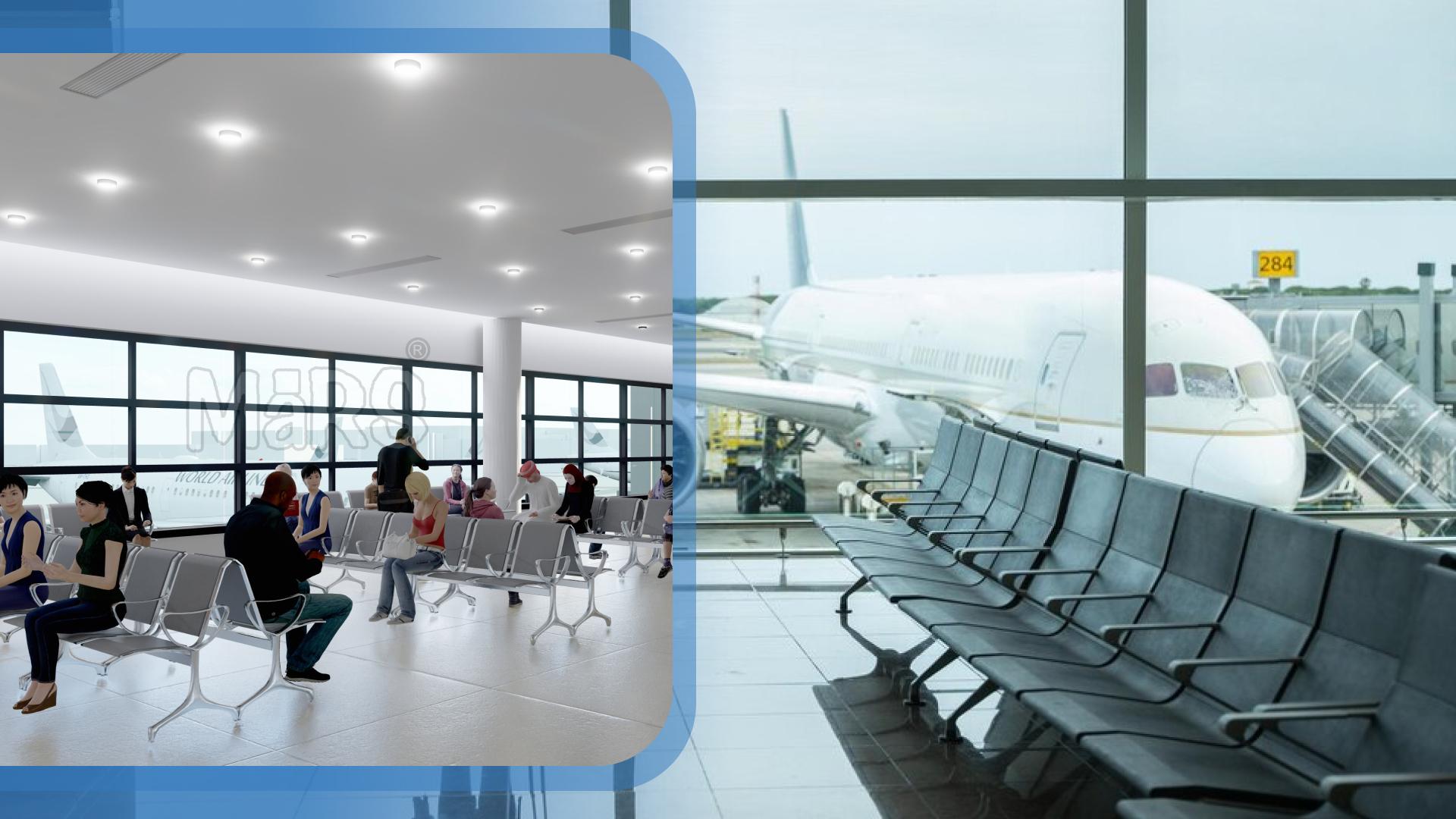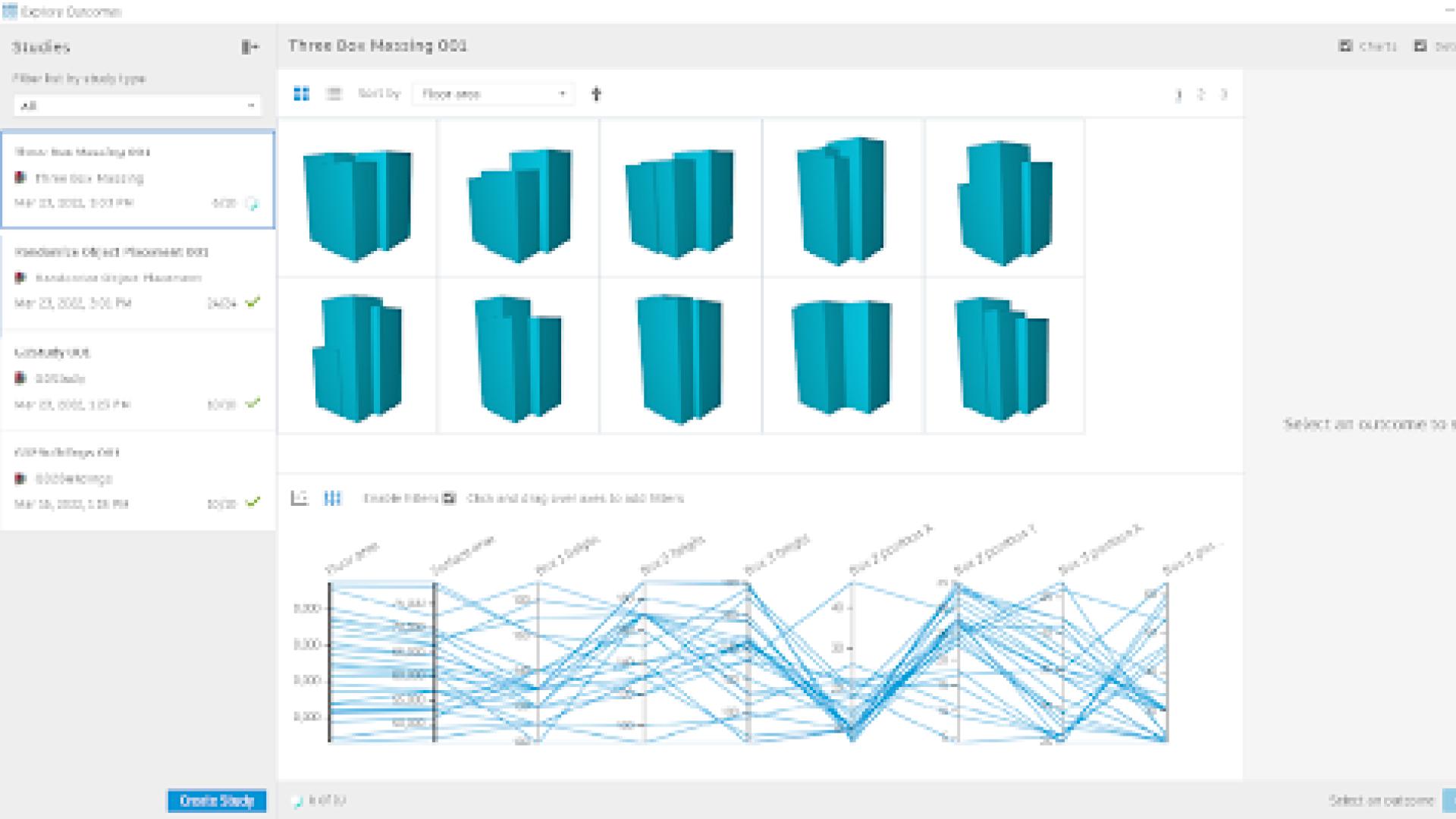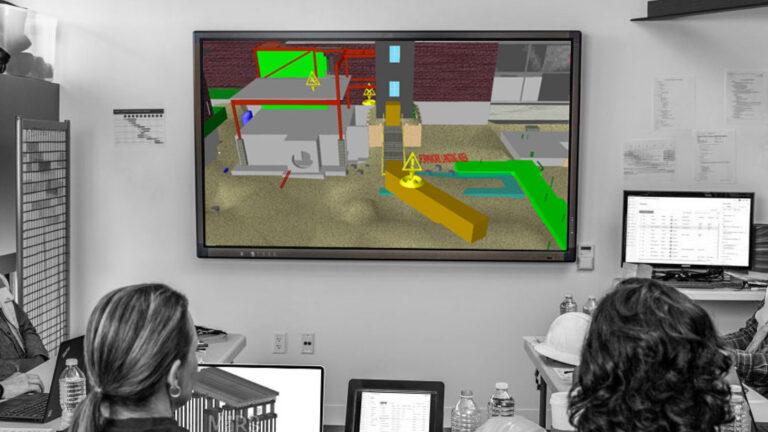BIM is changing how airports are designed and built. By leveraging advanced digital tools, BIM Services create virtual models of airport projects, integrating structures, mechanical systems, and electrical components into a single platform. This helps teams work together better, reduces mistakes, and ensures everyone is on the same page. BIM also allows teams to visualize the airport design in 3D before construction begins, helping to identify potential issues early and save time and money. Furthermore, it provides accurate data throughout the project, enabling better decision-making. Airports designed with BIM are more efficient, cost-effective, and environmentally sustainable. Designing and building airports is a huge challenge. These structures serve millions of people each year and must meet high standards for safety, efficiency, and comfort. From planning runways to ensuring smooth passenger flow, there’s a lot to consider. Coordinating architects, engineers, and contractors on such large projects can lead to delays, extra costs, and misunderstandings.
One of the biggest challenges in airport design is managing the size and complexity of the project. Airports are more than just buildings; they are complex systems that include terminals, control towers, runways, parking lots, and other essential components. Each of these must work together to ensure everything runs smoothly. A small mistake in design or construction can lead to significant problems, including costly delays and operational inefficiencies. Another challenge is finding a balance between function and appearance. Airports need to look good while ensuring they can handle a large number of passengers, guide people efficiently, and meet strict safety regulations. Achieving this balance requires meticulous planning, the integration of advanced technologies like BIM for better coordination, and smooth execution across all phases of the project. The ability to simulate and visualize the entire project through tools like BIM has become a game-changer, helping to identify potential issues early and streamline the design and construction process.
The Complexity of Airport Projects
Airport construction is one of the most complex projects because it involves many different elements and needs careful planning and execution. One of the main challenges is the variety of structures that make up an airport. These include terminals, runways, control towers, hangars, parking garages, and utility buildings. Each part has its own specific requirements and design needs. The real challenge is not just designing these structures, but making sure they work together smoothly. This ensures a good flow for passengers, planes, and cargo while using the space efficiently. Safety is another major factor that adds to the complexity of airport projects. Airports must follow strict safety and security rules to protect passengers, staff, and the surrounding area. These rules cover everything from fire safety to emergency procedures, passenger screening, and making sure the structure can handle natural disasters or terrorist threats. Incorporating these safety requirements into the design and construction process takes careful attention and constant coordination among all the teams involved.
Coordinating all the teams working on the airport project can also be tricky. An airport project typically involves architects, engineers, contractors, and airport authorities, all working at the same time on different parts of the project, requiring detailed coordination such as MEP Coordination, structural coordination, and other specialized tasks to ensure smooth collaboration and successful project execution. To prevent delays and cost overruns, everyone needs to stay aligned on the project goals and timeline. BIM has become a key tool for solving this problem. It allows everyone to work from the same digital model, which helps improve communication, reduce mistakes, and keep things on track. Airports are built to last for decades, making them different from many other construction projects. Planning an airport doesn’t just mean making it work today it also means designing it for future growth, new technology, and ongoing maintenance. Since airports need upgrades and repairs over time, this long-term planning ensures that they remain functional and up-to-date with changing standards. Regular evaluation and adjustments help keep the airport running smoothly for many years.
Airport Design Process and Challenges

The airport design process involves careful planning and coordination to create efficient, safe, and modern facilities. Designers must consider various factors, including site suitability, regulations, future expansion, and the integration of advanced technology. However, challenges like space limitations, managing passenger flow, and ensuring cost control often arise, requiring innovative solutions to address them effectively.
Design Process:
- Site analysis to evaluate location and environmental factors.
- Master planning for runways, terminals, and other facilities.
- Compliance with aviation and construction regulations.
- Collaboration with stakeholders like airlines and local authorities.
- Incorporation of sustainable and energy-efficient designs.
- Integration of advanced technologies like BIM and automation.
Challenges:
- Limited space for infrastructure near urban areas.
- Managing large passenger flows during peak times.
- Balancing high costs with quality and efficiency.
- Navigating complex rules and regulations.
- Planning for future growth and evolving needs.
- Addressing weather risks and environmental concerns.
How BIM Transforms Airport Design and Construction?

Why BIM is Beneficial for Airport Planning?
BIM has become a cornerstone of modern airport planning, offering advanced tools and methodologies to address the complexities of large-scale aviation projects. Its ability to integrate multidisciplinary data, optimize designs, and support decision-making ensures that airport projects are efficient, cost-effective, and aligned with future needs. BIM not only streamlines the planning process but also lays a robust foundation for long-term operational success.
Benefits of BIM for Airport Planning:

- Integrated Design and Data Management
BIM centralizes data from various disciplines, allowing architects, engineers, and planners to collaborate seamlessly. This ensures that all aspects of the project are aligned, reducing errors and promoting cohesive designs. - Improved Space Optimization
With BIM’s detailed modeling capabilities, planners can optimize airport layouts to maximize passenger flow, operational efficiency, and space utilization, ensuring a seamless travel experience. - Cost and Time Efficiency
BIM provides accurate cost estimation and efficient scheduling during the planning phase. It allows stakeholders to identify potential challenges early, minimizing delays and controlling expenses. - Enhanced Visualization and Simulation
BIM enables 3D visualization and simulations of airport designs, helping stakeholders understand the project’s spatial and functional aspects. Simulations also allow for testing scenarios such as passenger traffic or emergency situations. - Sustainability and Energy Efficiency
BIM supports sustainability by analyzing energy performance and integrating eco-friendly designs into airport planning. This helps achieve green building certifications and reduces environmental impact. - Support for Future Expansion
BIM models include detailed data that can be used to plan future expansions or upgrades, ensuring airports remain adaptable to growing demands without disrupting ongoing operations. - Accurate Infrastructure and Utility Planning
BIM facilitates precise mapping of infrastructure systems, such as runways, terminals, and utilities, ensuring that all critical elements are properly planned and coordinated. - Regulatory Compliance and Safety
BIM helps ensure designs meet local regulations and international aviation standards, enhancing safety and compliance from the planning stage onward.
Current Status of BIM in Airport Construction
BIM is transforming how airports are built by improving design processes, teamwork, and project efficiency. Many airports around the world are already using Building information modeling to make construction faster, smarter, and more cost-effective. It helps teams spot issues early, reduce waste, and ensure smooth project execution. With its growing adoption, BIM is becoming a standard in airport construction.
Highlights of BIM in Airport Construction:
- Wider Adoption Across Projects
Many new airport projects now use BIM for designing and managing construction. It ensures better planning and execution from start to finish. - Improved Collaboration
BIM helps architects, engineers, and contractors work together on the same digital model. This makes communication clearer and reduces mistakes. - Accurate Problem Solving
BIM tools detect design clashes early, so teams can fix problems before construction begins. This saves time and money. - Faster Construction with Better Results
BIM simplifies construction by providing clear and detailed plans. It also keeps projects on schedule, delivering quality results. - Focus on Sustainability
Many airport projects use BIM to design energy-efficient buildings. This helps reduce costs and supports green initiatives. - Data-Driven Decision Making
BIM provides real-time data that helps teams make quick and informed decisions during construction. - Setting the Stage for Future Growth
BIM not only supports current projects but also provides a strong base for future upgrades and expansions.
The Future Impact of BIM on Airport Design and Construction
- Integration with AI and Machine Learning: BIM will increasingly integrate with AI and machine learning to predict design challenges and optimize airport operations. This can help create smarter buildings that adapt to changing needs in real-time.
- Enhanced Collaboration Through Cloud Platforms: The use of cloud-based BIM platforms will allow architects, engineers, and contractors to collaborate more efficiently from anywhere, improving real-time decision-making and reducing delays.
- Virtual Reality (VR) and Augmented Reality (AR): Airports will use VR and AR alongside BIM to give stakeholders an immersive experience of the design before construction begins. This will help visualize designs and detect potential issues before they become costly problems.
- Sustainability and Energy Efficiency: BIM will play a key role in creating more sustainable airports by allowing designers to simulate energy consumption and optimize building systems for reduced environmental impact.
- Automated Construction with Robotics: Future BIM systems will likely integrate with robotics to automate aspects of the construction process. This will speed up construction and improve accuracy, reducing human error.
- Integration with IoT for Smart Airports: BIM will connect with the Internet of Things (IoT) to manage and monitor airport systems like security, lighting, and HVAC in real-time, leading to more efficient operations and enhanced passenger experience.
- Lifecycle Management: BIM will become an essential tool for managing airports throughout their entire lifecycle, from initial design to ongoing maintenance and upgrades. This will allow for better long-term planning and budgeting.
- Data-Driven Design: Airports will increasingly rely on big data and analytics, powered by BIM, to make informed decisions. This data will help optimize passenger flow, reduce delays, and improve overall airport performance.
Conclusion
BIM has truly transformed the way airports are designed and built. It helps teams work together more efficiently, catch problems early, and create more detailed and accurate designs. This leads to faster construction, fewer mistakes, and cost savings. Beyond just building the airport, BIM also plays a key role in keeping the airport running smoothly after it’s built, making maintenance and updates easier. As technology continues to improve, BIM will keep making airports smarter, more sustainable, and better for passengers. It’s clear that BIM is shaping the future of airport design and construction in a big way.


















